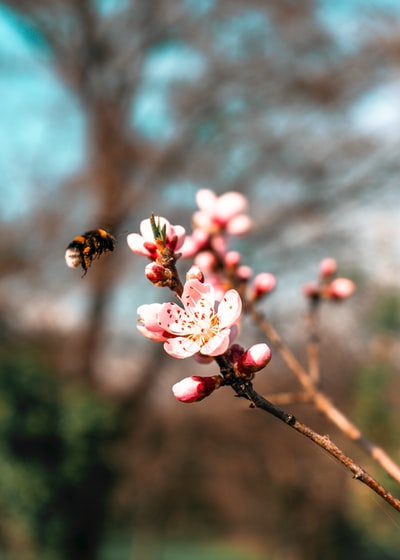glucose + oxygen ? carbon dioxide + water (+ energy)
- Respiration is composed of three main stages: glycolysis, Krebs Cycle and the respiratory chain.
- The majority of respiration happens in the mitochondria.
- In the anaerobic part, which requires no oxygen, glucose is broken down into pyruvate.
- The aerobic part takes place in the mitochondria and involves the complete oxidation of pyruvate forming ATP, carbon dioxide and water.
- In glycolysis glucose undergoes phosphorylation to create pyruvate. A small amount of ATP is produced.
- The link reaction is the stage between glycolysis and the Krebs Cycle in which pyruvate is converted into the compound acetyl coA.
- In Krebs Cycle Acetyl leaves its coA and combines with a 4-carbon oxaloacetate to create a 6-carbon citrate. Over a number of steps the citrate is broken down to reform back into oxaloacetate and hydrogen atoms are released are carried to the inner mitochondrial membrane.
- The respiratory chain uses trans-membrane complexes in which the hydrogen atoms carried in by the NADH release energy as ATP.
- The proton gradient formed across the mitochondrial membrane is used to create ATP with the ATP synthase enzyme.
- Oxygen is only required at the end, without it the respiratory chain won’t function.
- By the end of the whole process the total ATP yield is 32 molecules from one molecule glucose.
——————————————————
TEST IT!
1. a) What part does the inner membrane of mitochondria play in ATP production?
b) A proton gradient is formed in order to produce ATP. How is it formed?
c) How many protons are required for one ATP molecule?
2. Cellular respiration is composed of three main stages.
a) What are these stages called?
i. ________________________________
ii. ________________________________
iii. ________________________________
b) In which stage:
i. is pyruvate converted into acetyl coA?
ii. does the phosphorylation of glucose occur?
iii. does chemiosmosis occur?
3. Photosynthesis involves anaerobic and aerobic reactions.
a) Cross on the table which parts are aerobic and which are anaerobic.
|
Aerobic |
Anaerobic |
|
Pyruvate is formed |
|
|
Lactate is produced |
|
|
Water is produced |
|
|
Oxaloacetate is used |
b) What is the role of oxygen at the end of respiration?
ANSWERS
a) The respiratory chain uses integral membrane proteins within the inner mitochondrial membrane. These proteins are arranged into massive trans-membrane complexes named complex I, II, III and IV. The complexes are each composed of around 40 polypeptide chains which carry out a number of functions. During this metabolic pathway the hydrogen atoms carried in by the NADH release energy as ATP. They then combine with oxygen at the end to create water.
b) The electrons are passed down the chain from complex to complex. Each complex binds the electrons in a tighter bond than the one before. Complexes I, II and IV allow some energy to be released by the electrons which is used for active transport to pump protons through the mitochondrial membrane.
c) Four
2.
a)
i. glycolysis
ii. Krebs Cycle
iii. the respiratory chain
b)
i. the link reaction
ii. glycolysis
iii. the respiratory chain
3.
|
Aerobic |
Anaerobic |
|
Pyruvate is formed |
X |
|
Lactate is produced |
X |
|
Water is produced |
X |
|
Oxaloacetate is used |
X |
 glucose + oxygen ? carbon dioxide + water (+ energy)
glucose + oxygen ? carbon dioxide + water (+ energy)